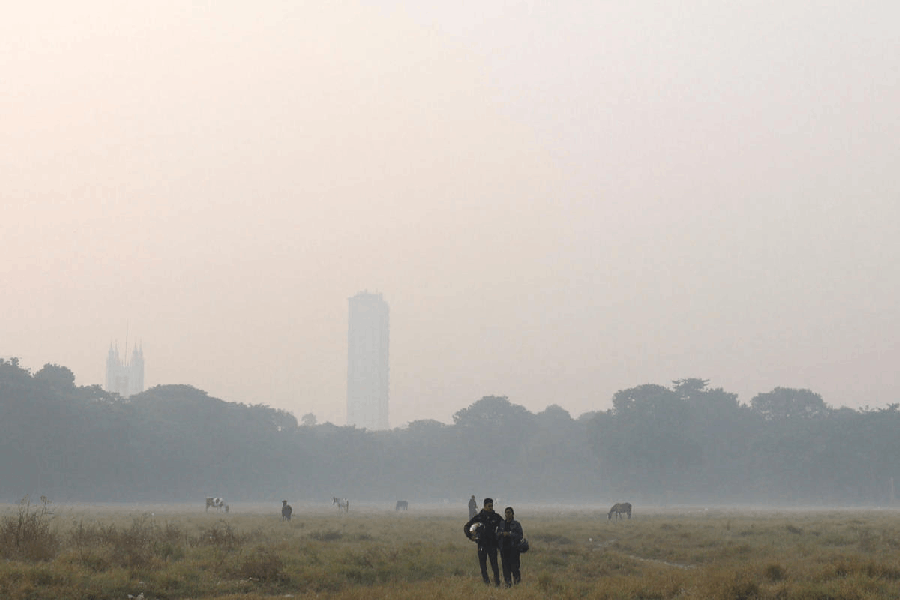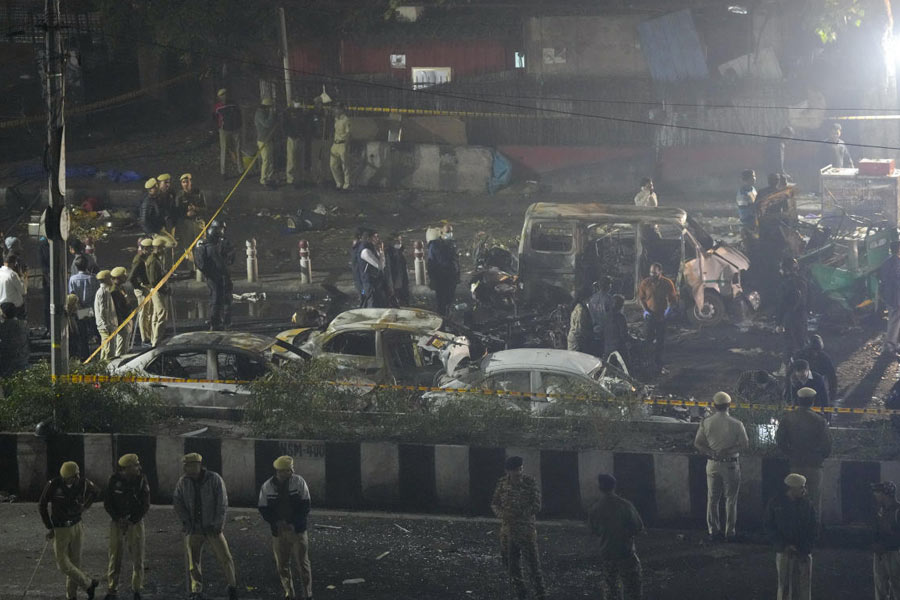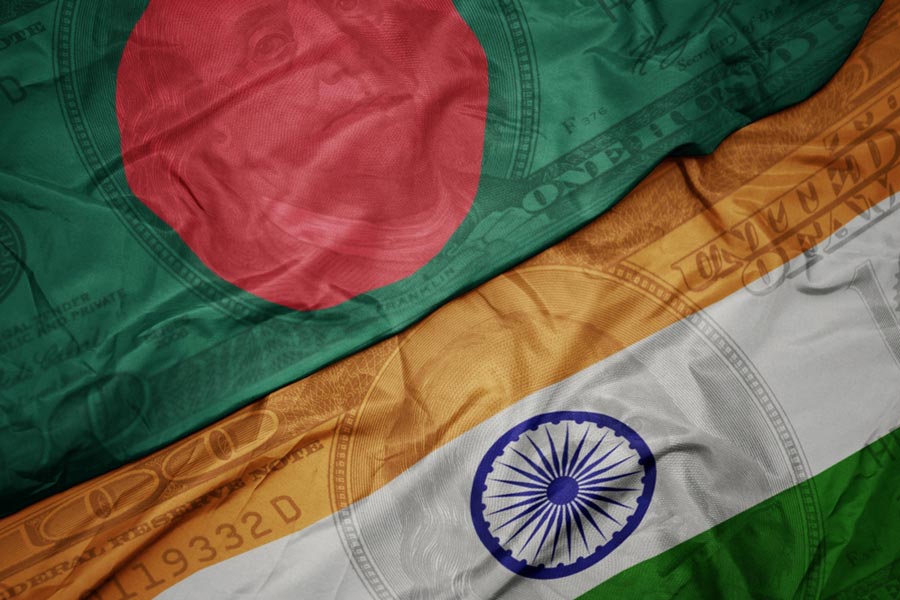 |
Stocks might have perked up over the government’s reformist mood, but the average Jharkhand homemaker is down in the dumps. Reason, even if she is a maths genius, she is having a tough time balancing her household budget when prices of vegetables — excluding imports like onions from other states — have hit the roof.
There are two culprits. Vegetable bowls, particularly in Ranchi district, that offered seasonal monsoon bounty to customers in July-August, have become smaller now. Second, diesel hike raised transport costs from farm to wholesale.
Still, the twin constraints have affected Ranchi, Jamshedpur and Dhanbad differently.
In the capital, retail prices doubled as they were low to begin with. In the steel city, the rates were higher. Hence, the pinch seems less hard now. Dhanbad rates have gone up marginally, with vendors ducking transport costs by getting fresh produce from nearby
Capital
Ranchi is worst affected, though its surrounding villages Mandar, Bero, Ratu, Chanho, Namkum, Kanke and Pithoria produce large quantities of vegetables.
Pumpkin is a pricey Rs 20 per kg, up by a staggering Rs 10 from last month, and it is still the cheapest vegetable going. The rest are all Rs 32 and more. Bitter gourd, brinjal, cabbage and ridge gourd costs Rs 30-34. Vegetables such as ladies finger, beans, carrot and cauliflower cost Rs 40 per kg. Interestingly, they cost just half 20-25 days ago.
Prices started increasing from September 15. Production declined while diesel price hike upped transport cost. For example, an auto-rickshaw loaded with vegetables that charged Rs 300 per 20km trip from Pithoria to Ranchi, now takes no less than Rs 350-360.
Vendors said prices would shoot till November first week. “There’s a gap between monsoon and winter seasons. Production is less now. With fuel costing more, prices will go up in the coming days,” said vendor Karmi Devi of Lalpur vegetable market.
Echoing her, Ram Prasad Mehta, vice-president of Jharkhand Agro Association, said farmers would sow vegetable seeds in the second week of October and customers could expect a fresh offering in December first week. “This is the lean season for vegetables as most farmers focus on paddy. Diesel prices have also impacted rates,” he said.
Steel City
The steel city enjoyed no respite from high prices as rates were high to begin with. So although the twin factors of lean season and diesel prices have pushed prices higher, the hike is in the range of Rs 5 to Rs 20.
For example, beans cost Rs 80 per kg now, up from Rs 60. Carrots cost Rs 70, up from Rs 60. Pumpkin at Rs 16, ladies finger at Rs 30, a pair of cauliflowers at Rs 30, cabbage at Rs 25, bitter gourd at Rs 30, show a hike of Rs 5-6. Brinjal at Rs 30 is up by Rs 10 from last month.
Jamshedpur gets its vegetables from nearby Patamda and Chandil, as well as from Bengal’s Suisa and Jhargram. But traders say that despite the diesel hike, mini trucks have raised their fares nominally.
A mini truck coming to the city from Patamda charged Rs 200 before. Now it takes only Rs 215. “Vegetable rates are higher in the city so the pinch felt is less,” said a wholesaler.
Coal town
Customers are luckier as vegetable prices, moderate to begin with, have gone up between Rs 3 and Rs 5. Dhanbad veggie vendors are still getting produce from nearby Baliapur, Govindpur and Pradhankhanta, ducking the diesel pinch.
How are you coping with your veggie budget?
Tell ttkhand@abpmail.com











